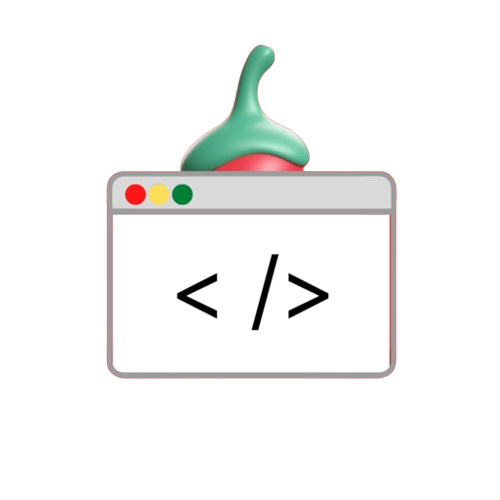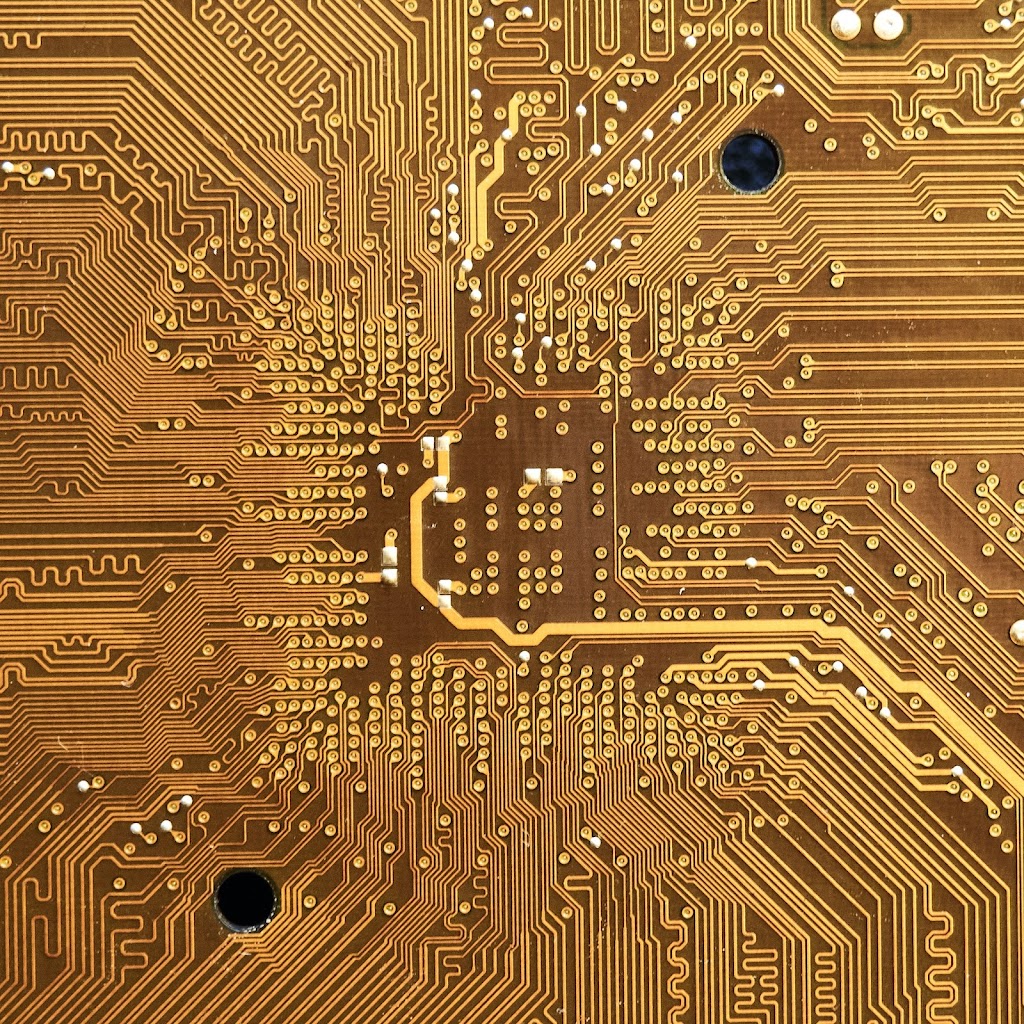Table Of Contents
Introduction
Welcome to the world of computer science – where magic and logic meets! Computer science is the study of computers, computational systems and their applications. It has revolutionized every aspect of our lives, from the way we communicate to the way we work, learn, and entertain ourselves.
The history of computer science can be traced back as far as the invention of the abacus, but modern computing started with the development of the electronic computer in the mid-20th century. These early computers, such as the Electronic Numerical Integrator and Computer (ENIAC), used vacuum tubes to process and store data. It was a game-changer, but it wasn’t without limitations.
Over the years, computer science has evolved to overcome these limitations. From the invention of the transistor, to the development of integrated circuits and microprocessors, to the current and exciting era of quantum computing, computer science has come a long way.
So sit back, relax, and let’s take a tour of the exciting history and trends of computer science, from 1970 till date.
First Generation: Vacuum Tubes
Welcome to the first-gen era of computing! Computers back then were as big as a room and required ample power to function. The vacuum tubes were responsible for the first-gen computers. Although considered revolutionary at the time, these tubes had their fair share of problems. They were power-hungry and generated an enormous amount of heat, leading to poor performance and lifespan, respectively. The size of these behemoth machines was also a significant issue, making them challenging to streamline in offices and at homes. However, it was an exciting time to be in computer science, and this marked the beginning of something magnificent in STORE.
Second Generation: Transistors

The invention of transistors marked a significant milestone in the evolution of computer science. Second-generation computers were powered by transistors that replaced vacuum tubes. The benefits of this innovation were substantial.
Transistors were smaller, consumed less power, and generated less heat than vacuum tubes. Additionally, they were faster and more reliable, allowing for improved computation power (which involved several operations at once) in a fraction of the time compared to vacuum tubes. Transistors provided a stable platform to develop applications.
With the emergence of transistors, computers became smaller, cheaper, and more accessible to the average person. The business landscape transformed, and we witnessed a rapid increase in the use of computers in different sectors.
Transistors set the stage for modern technology. Thanks to these tiny devices, we now have an innumerable number of electronic devices that are much faster than their predecessors.
Imagine going back to a time when transistors didn’t exist. What would life be like without our smartphones, laptops, tablets, or even cars equipped with computers? It’s an amusing thought, isn’t it? The invention of transistors is a great example of how innovation in computer science has led to advancements that have transformed the world as we know it.
In the next section, we will discuss third-generation computers, where integrated circuits further reduced the size and power requirements of computer systems, paving the way for the development of microprocessors.
Third Generation: Integrated Circuits

Computers have come a long way from their inception to the present day. Third-generation computers marked a turning point in the evolution of computers. These machines were built using integrated circuits comprising transistors that were miniaturized and placed on a semiconductor material. These circuits were used to perform various computing operations.
Integrated circuits made computers exponentially faster, and they also reduced their size. This miniaturization paved the way for the development of microprocessors, which played a pivotal role in shaping modern computing. With the advent of microprocessors, computers could perform more computing operations at much faster speeds, making them ideal for personal use.
The microprocessor marked a significant change in the computing industry. With the rise of microprocessors came the emergence of personal computers, and that meant more people could access computing services. The development of computers also paved the way for artificial intelligence and machine learning.
The applications of computers have been expanding over the years. With third-generation computers came specialized processes, while fourth-generation computers brought personal computers to the masses. These advancements have led to the development of quantum computing, which is gaining popularity in the world of computer science.
In conclusion, the evolution of computers witnessed a tremendous change from the first generation of vacuum tube computers to the fifth generation and beyond quantum computing. Integrated circuits and microprocessors played a pivotal role in shaping the modern-day computing ecosystem. As we look towards the future, it’s evident that computer science and programming will continue to evolve, and we can’t wait to see what comes next.
Fourth Generation: Microprocessors

Welcome to the fourth generation of computers. This era was marked by the emergence of personal computers that made computing accessible to the public. The microprocessor was the heart of this revolution, and it replaced the bulky and expensive mainframe computers. The microprocessor was a game changer, as it could perform all the functions of a CPU on a single chip.
The difference between a microprocessor and a microcontroller is that the former is a processing unit while the latter is a small computer with an integrated processor, memory, and I/O peripherals.
Artificial intelligence and machine learning are the most significant breakthroughs of this era, and they have revolutionized the way we live and interact with the world. Today, AI-enabled chatbots are replacing customer service executives, and self-driving cars are a reality.
Overall, this generation has made computing more accessible and affordable to people of all classes and backgrounds.
Fifth Generation and Beyond: Quantum Computing
While classical computers have significantly evolved from their early versions, the fifth generation computers are bound to revolutionize the world of computing. Quantum computing is the buzz word in the world of technology. Quantum computers make use of quantum bits (qubits) which operate on the principle of quantum mechanics, enabling them to perform certain calculations exponentially faster than classical computers.
Many of AI’s developed nowadays use this technology. If you want to explore such AI’s go through this post.
Quantum computers have the potential to solve some of the most complex problems related to cryptography, data encryption, drug discovery and much more. They can also simulate certain quantum systems that require exponential time and memory on classical computers.
However, the development of quantum computers is still in its nascent stage, and there are many challenges that need to be addressed before these computers become widely applicable. One of the significant technical challenges is the control of the quantum state for a more extended period. Apart from technical challenges, there are other issues such as legal, ethical, and societal issues that need to be addressed before the widespread adoption of quantum computers.
All in all, quantum computers have the potential to transform the world, and their development is one of the exciting trends in computer science. As researchers continue to develop and improve on the technology, we can expect to see much more exciting and innovative real-world applications emerge in the coming years.
Conclusion:
In conclusion, Quantum computing has a very bright and wide future in the tech industry. The works and researches going on are making it more efficient. The Artificial Intelligence has made a spark in the upcoming coding generation. With tools like ChatGPT, MidJourney, Stable Diffusion etc. It is not sooner that we will have an era of working robots which will be functioning totally and performing tasks much faster than the fastest supercomputer ever made.
Now Officially
The Era of Technology has began





Nice information
Pingback: Essential Tips to Prevent Programmer Burnout - Code Masala Bytes - Helping Developers Solve Real World Problems
Pingback: What is the future of Data Science for 2024 - Code Masala Bytes - Helping Developers Solve Real World Problems
You’ve written terrific content on this topic, which goes to show how knowledgable you are on this subject. I happen to cover about Search Engine Optimization on my personal blog Webemail24 and would appreciate some feedback. Thank you and keep posting good stuff!
This is quality work regarding the topic! I guess I’ll have to bookmark this page. See my website Seoranko for content about Web Servers and I hope it gets your seal of approval, too!
Thanks for sharing. I read many of your blog posts, cool, your blog is very good.
Thank you for your sharing. I am worried that I lack creative ideas. It is your article that makes me full of hope. Thank you. But, I have a question, can you help me?
You made some really good points on your post. Definitely worth bookmarking for revisiting. Also, visit my website Article Sphere for content about SEO.
Everyone loves what you guys tend to be up too.
This sort of clever work and coverage! Keep up the fantastic works guys I’ve incorporated you guys to blogroll.
baim4d baim4d baim4d
Hmm it looks like your website ate my first comment (it was super long) so I guess I’ll just sum it up what I had written and say, I’m thoroughly enjoying
your blog. I as well am an aspiring blog writer but I’m
still new to the whole thing. Do you have any tips and hints for inexperienced blog writers?
I’d certainly appreciate it.
Thank you for any other magnificent post. The place else
may just anybody get that kind of information in such a perfect way of writing?
I have a presentation subsequent week, and I am on the look for
such information.
I pay a visit everyday some web pages and information sites
to read articles, except this webpage provides quality based
writing.
Howdy, i read your blog from time to time and i own a similar
one and i was just wondering if you get a
lot of spam remarks? If so how do you reduce it, any
plugin or anything you can advise? I get so much lately it’s driving me insane so any support is very much appreciated.
hi!,I really like your writing very much! proportion we keep
up a correspondence extra about your article on AOL?
I need an expert on this house to solve my problem.
Maybe that’s you! Looking forward to peer you.